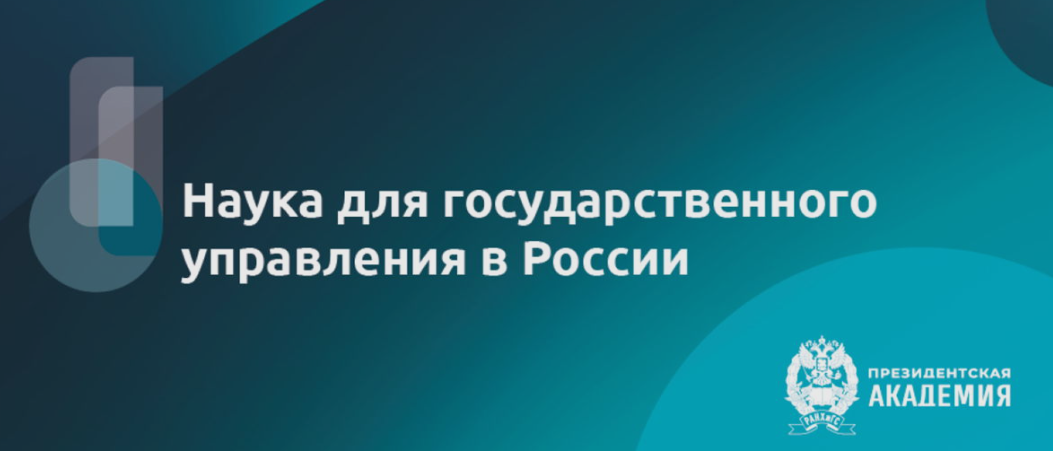Scientific-technological politics of Russian Federation
In order to implement The strategy of scientific and technological development of the Russian Federation, the state program of genomic research and the complex scientific and technological program “Postgenomic technologies: from genetic editing to synthetic biology” are planned to be implemented in the country. Noting the obvious prospects and expediency of the development of post-genome editing technologies and high-tech industries based on them, the authors of the article highlight the barriers and risks of the full life cycle projects: the lack of sufficient number of personnel, the low level of competitiveness of domestic scientific and technological reserves, the lack of modern instrumentation, the lack of industrial partners, as well as the problems of normative and legal regulation of genetic engineering activities in the Russian Federation. Made in the framework of the study the analysis of global competitive landscape in the technology of genome editing showed that by 2018, several multinational companies have established a strong portfolio of patent documents as a tool for the conquest of leading positions in the markets generated by the post-genomic technologies.
Factors of technological development
The factors contributing to the technological development of traditional sectors of industry, in particular the global automotive industry, are considered. It is noted that the automotive industry, which is not related to high-tech industries, by the end of 2017 entered the top 3 industries with the highest level of science among the six largest industrial sectors. The analysis of the competitive landscape and strategies of technological diversification of the traditional leaders of the automotive industry, caused by the emergence of technologies for the electrification of vehicles, was carried out. It is concluded that among the factors that lead to reindustrialisation traditional industries, are the emergence breakthrough technology; the escalation of competition for new niches formed by this technology; a sharp increase in the volume of budgets for research; increasing of investment and patent activity; removal of barriers established by intellectual property rights; cooperation with companies of related industries.
Competitive strategies
In the absence of the development of exports of high-tech industries, the implementation of strategic tasks for the accelerated growth of the economy set by the Decree of the President of the Russian Federation “On national goals and strategic objectives of the development of the Russian Federation until 2024” of May 7, 2018 No. 240 is unlikely. According to most researchers, the main potentially possible commodity items in non-raw materials exports, which are in demand in the world markets, are the products of engineering, pharmaceutical industry, apparatus and devices used in medicine. Therefore, the right to participate in foreign economic activity is delegated, first of all, to large domestic companies. However, today Russia is a country with a large assortment of production of simple products, which requires building a systematic approach in the formation of both economic policy in general and export in particular in the direction of developing of non-resource industries that produce high-tech products. The analysis of the strategies for retaining the leading positions in narrow niche segments in the global market, analysis of the competitive and diversifying strategy of the German company Poly-clip System, which is the world’s leading producer of clipping systems and the world leader in the food packaging segment was performed.
The problem of identification of key actors of scientific and technological development of the Russian Federation is considered. Attention is drawn to the absence of domestic companies interested and ready to cofinance R & D in many promising areas. The analysis of the map of the competitive landscape of the technological area “the reprogramming of somatic cells”, the development of which is expected to create the industry of artificial human organs, has been carried out. It has been shown that large transnational companies need 3–5 years to incorporate new technology into their marketing strategy and become a leader in the emerging market of high-tech goods and services.
Scientometrics
The article describes a methodical approach to the development of Web of Science and Scopus rubricators-adapter in the system of priorities of the Strategy of scientific and technological development of the Russian Federation. The relevance of this problem is due to the need for statistical and dynamic retrospective, prospective and bidirectional studies. The article presents the description of the hierarchical Web of Science and Scopus categories structures and their classification codes. Revealed the difficulty of categories correlating among themselves and in the system of priorities SSTD. The principles of categories-adapters formation in the priorities SSTD context. Article is presented the algorithm of rubricators-adapters Web of Science and Scopus formation in the system of SSTD priorities. The algorithm of number scientific articles distribution on scientific categories in system of SNTR priorities by grouping method is presented. A comparative analysis of Russian Federation scientific categories and the world in the number of scientific articles indexed in the Web of Science or Scopus, in the system of SSTD priorities.
ISSN 2949-4680 (Online)
































